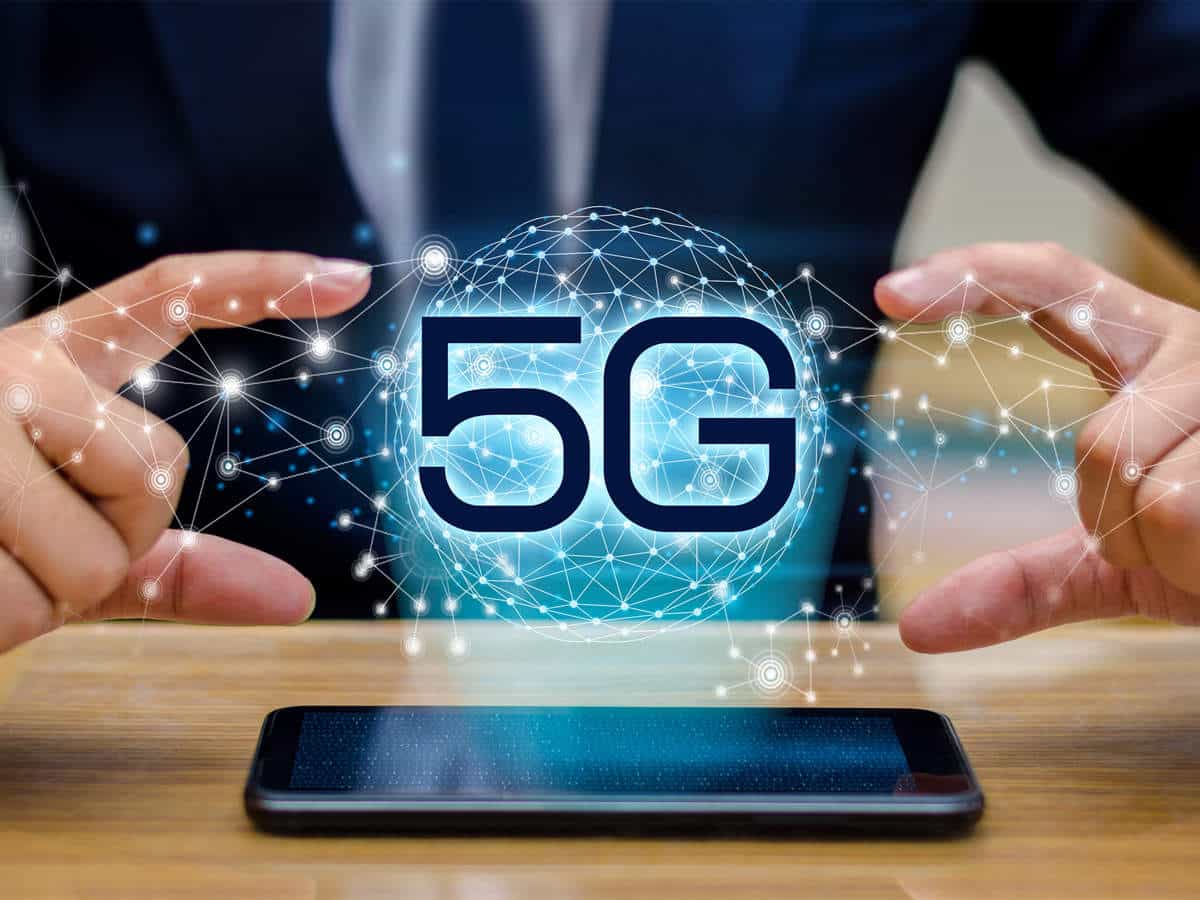What’s in today’s article?
- About 5G Technology
- About a private 5G network
- News Summary
Why in News?
- Bharti Airtel has collaborated with Tech Mahindra to establish a captive private network at Mahindra & Mahindra’s Chakan factory near Pune, Maharashtra, which is claimed as India’s first 5G-enabled auto manufacturing unit.
The 5G/Fifth Generation Technology:
Image Caption: Evolution of communication technology
About 5G Technology:
- It is the latest upgrade in the long-term evolution (LTE) mobile broadband networks.
Features of 5G Technology:
- It is meant to deliver higher multi-Gbps peak data speeds, ultra-low latency, more reliability, massive network capacity, increased availability and a more uniform user experience to more users.
- Higher performance and improved efficiency empower new user experiences and connect new industries.
Working of 5G Technology:
- It mainly works in 3 bands – Low (maximum speed is limited to 100 Mbps), mid and high frequency spectrum (as high as 20 Gbps), all of which have their own uses as well as limitations.
What are the applications of 5G Technology?
- Enhanced mobile broadband, can enable Industry 4.0, a boost for Smart cities, applications across a wide range of sectors such as agriculture, education, IOT (Internet of Things), etc.
- With the enhanced mobile broadband feature of 5G, the full potential of digital education can be unleashed.
- 5G will also provide a major impetus to digital universities.
- Vocational training programmes, delivered in the ‘phygital’ mode, can improve the employability of youth and women.
- Similarly, in healthcare, the ultra-reliable low-latency communication feature of 5G will enable user-friendly point-of-care diagnostics and the creation of much-needed connected ambulances.
What is a private 5G network?
- A private/ a captive non-public network (CNPN) essentially is a network that is set up solely for a firm’s own use.
- This means, unlike a public network, it is closed to external communication and relies on high-frequency, low-wavelength airwaves/spectrum and is therefore ideal for institutions like factories, manufacturing plants, hospitals, universities, etc.
- Given that consumer adoption of 5G may take time and may not generate as much income due to India’s traditionally low tariff prices, such networks are projected to bring in a substantial portion of the revenue for companies deploying them.
News Summary:
- Benefits of the private 5G network:
- Airtel said that the network will result in improved speeds for software flashing – a critical operation for all vehicular dispatches.
- Software flashing is the process of reprogramming automotive electronic control units (ECUs), that process information and control the engine, transmission and other functions.
- It will also allow managers to undertake multiple software flashing sessions in parallel, thereby reducing the turn-around time for an operation.
- The computerised vision-based inspection will be fully automated resulting in improved paint quality.
- Airtel said that the network will result in improved speeds for software flashing – a critical operation for all vehicular dispatches.
- The significance of the move:
- Airtel and Tech Mahindra’s partnership shows the opportunity for collaboration between telcos and private enterprises.
- Airtel also overtakes the Adani Group, which had purchased spectrum (400 MHz of spectrum in the 26 GHz band for a total of Rs 212 crore) specifically to offer such services.
- The operators can maximise the utilisation of their existing network infrastructure with relatively lower investment.
Q1) What is IoT (Internet of Things)?
The Internet of Things (IoT) describes the network of physical objects that are embedded with sensors, software, and other technologies for the purpose of connecting and exchanging data with other devices and systems over the internet.
Q2) What is the difference between LTE & 4G?
4G offers a much faster speed, more stability and access to a larger variety of online activities. LTE is a half-point between 3G and 4G, so its performance suffers compared to the fourth generation.
Source:Year in Review | What happened with 5G in India in 2022
Last updated on January, 2026
→ Check out the latest UPSC Syllabus 2026 here.
→ Join Vajiram & Ravi’s Interview Guidance Programme for expert help to crack your final UPSC stage.
→ UPSC Mains Result 2025 is now out.
→ UPSC Notification 2026 is scheduled to be released on January 14, 2026.
→ UPSC Calendar 2026 has been released.
→ UPSC Prelims 2026 will be conducted on 24th May, 2026 & UPSC Mains 2026 will be conducted on 21st August 2026.
→ The UPSC Selection Process is of 3 stages-Prelims, Mains and Interview.
→ Prepare effectively with Vajiram & Ravi’s UPSC Prelims Test Series 2026 featuring full-length mock tests, detailed solutions, and performance analysis.
→ Enroll in Vajiram & Ravi’s UPSC Mains Test Series 2026 for structured answer writing practice, expert evaluation, and exam-oriented feedback.
→ Join Vajiram & Ravi’s Best UPSC Mentorship Program for personalized guidance, strategy planning, and one-to-one support from experienced mentors.
→ UPSC Result 2024 is released with latest UPSC Marksheet 2024. Check Now!
→ UPSC Toppers List 2024 is released now. Shakti Dubey is UPSC AIR 1 2024 Topper.
→ Also check Best UPSC Coaching in India

















